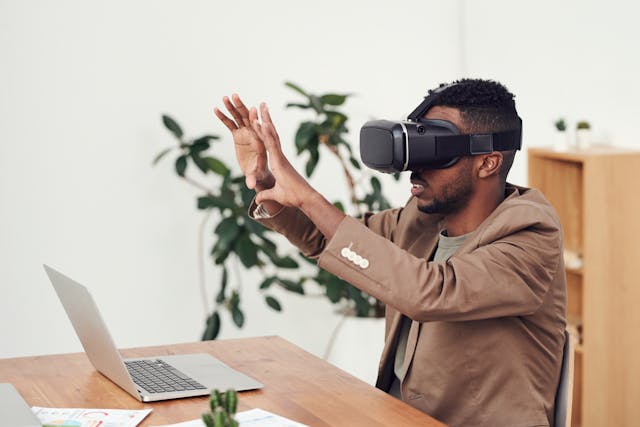The Rise of Virtual Cultural Events: Bridging Distances Through Technology
Cultural events have long brought people together to celebrate art, music, literature, and heritage. In recent years, technology has transformed these gatherings, making them virtual and accessible to audiences across the globe. From online concerts to digital museum tours, virtual cultural events are redefining how we experience creativity and community.

Expanding Access and Inclusivity
Virtual events break down geographic and economic barriers, allowing anyone with an internet connection to participate. People who might never travel to a distant festival or museum can now experience performances, exhibitions, and workshops from home. This inclusivity broadens cultural participation and fosters global understanding.
Innovative Experiences
Technology enables new forms of artistic expression. Virtual reality (VR) and augmented reality (AR) allow audiences to explore immersive museum exhibits or attend live concerts in a simulated environment. Interactive features, such as live Q&A sessions or virtual workshops, encourage engagement and collaboration that traditional events may not provide.
Supporting Artists and Institutions
For artists and cultural institutions, virtual events offer new revenue streams and visibility. Online ticketing, donations, and merchandise sales make it possible to reach wider audiences while sustaining creative work. Digital platforms also allow for detailed analytics, helping organizers understand audience preferences and improve future events.
Hybrid Models: The Best of Both Worlds
Many cultural organizations are adopting hybrid models, combining in-person and virtual experiences. This approach caters to traditional attendees while engaging new, global audiences. Hybrid events also provide flexibility, ensuring cultural programming can continue despite travel restrictions or other challenges.
Challenges to Consider
While virtual cultural events offer many benefits, they also face obstacles:
- Technical barriers: Not all participants have access to high-speed internet or compatible devices.
- Authenticity of experience: Some argue that virtual events cannot fully replicate the atmosphere and energy of live gatherings.
- Monetization: Converting online engagement into sustainable revenue can be challenging for smaller organizations.

Final Thoughts
Virtual cultural events are more than a temporary solution—they are reshaping how communities engage with art, music, and heritage. By leveraging technology, these events make culture more accessible, interactive, and resilient. As technology evolves, virtual and hybrid formats will continue to complement traditional experiences, ensuring that cultural expression reaches audiences far and wide.












